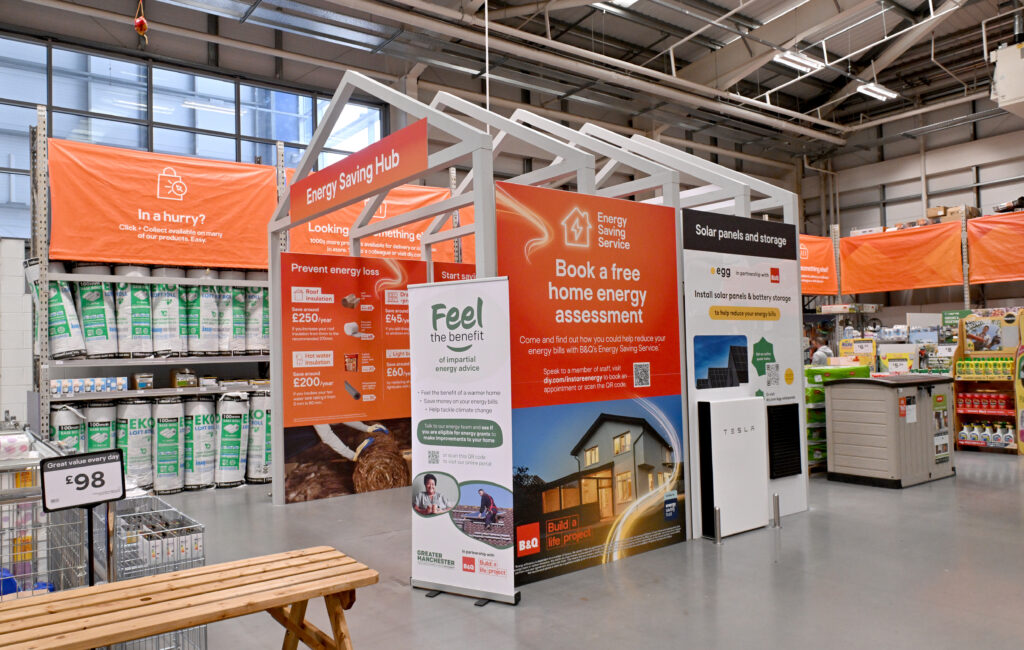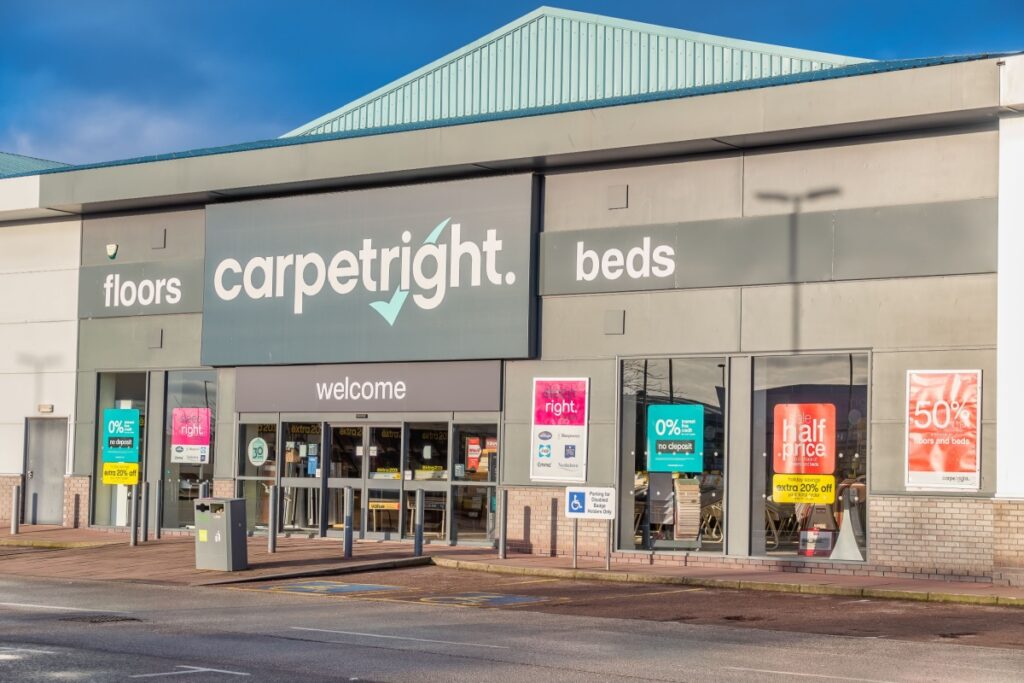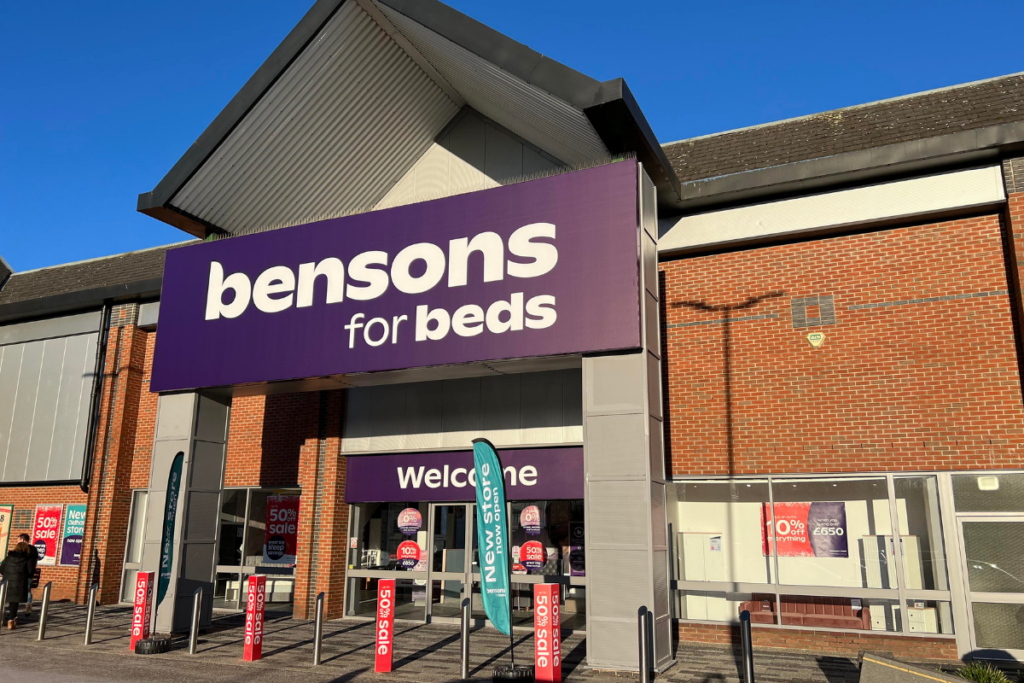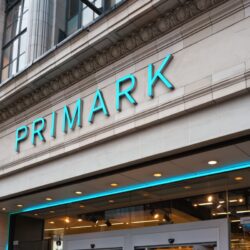With over 10 years worth of experience in branding and marketing, Jo Jackson has experienced her fair share of challenges as a young designer.
Since joining Made.com as chief creative officer in September 2017, she not only leads the homeware and furniture retailer from its London head office, she has had to find ways to ensure the brand remained relevant in today’s tough retail market.
Made.com, which designs and retails homewares and furniture online, expanded its 3229.17sq ft showroom in London to 11840.3sq ft in February this year. It was done for simple reasons: it had too many visitors, and with that rise in demand it found it hard to fit more products in the showroom.
“By the end of this year we’re going to have 7000 different products on site,” Jackson told Retail Gazette.
“It’s about 2500 unique products and then we’ve got our custom made stuff which adds up to 7000 really quickly.”
“I started out my first design business when I graduated, I managed to get a pop-up shop, I was in that wave of when pop-up shops first started”
Born and bred in London, Jackson gained extensive knowledge on digital marketing, fashion, and marketing communications before joining Made.com. She also started out as an independent designer once she graduated from Central Saint Martins.
“I’m a local, I was born around the corner in Marble Arch, so this is actually like my neighbourhood,” she said.
“I started out my first design business when I graduated. I managed to get a pop-up shop – I was in that wave of when pop-up shops first started, and I set up a brand called Beyond the Valley.”
Her Soho-based fashion label and boutique, set up in 2004, was a platform for Jackson to help launch over 300 designers into the fashion, art and design sectors. It went on to win various awards – although it wasn’t all smooth sailing.
“We scouted graduating designers and helped them sell their stuff,” Jackson recalled.
“Emerging designers, product designers’ furniture, artwork, jewellery, fashion – we sold their stuff from our store of off Carnaby Street.
“We also had our own design range which we sold at Milan Design Fair.
“It was very ambitious – but also a real struggle.”
Jackson left the retail business she started and joined creative agency i-am beyond in 2008 as founder and marketing director, where she consulted for brands such as Vera Moda. And by 2012, she joined UK agency Protein in 2012 as managing director.
“I’ve worked with amazing brands – Adidas, Nike, Ted Baker, Converse and PepsiCo”
“That was really about trend insights, millennial consumer behaviour, and that’s really where I got all of my learning of what this generation wants,” she said.
“I used to consult for Gap and explain to Gap millennials’ design attitudes to denim, to working with Microsoft about the internet of things.
“I’ve worked with amazing brands – Adidas, Nike, Ted Baker, Converse and PepsiCo.”
Jackson also spent time working at Italian fashion house Diesel, when she was appointed as global head of content and creative services in 2015.
“It was a really awesome time of my life, I was living between Italy and London, and we also shot a lot of the campaigns in New York,” she recounted.
During this time, Jackson had the opportunity to work directly with Diesel’s artistic director Nicola Formichetti, who’s best known for being Lady Gaga’s stylist and designing the notorious meat dress for the 2010 MTV music video awards. She also organised the catwalk shows at New York Fashion Week.
“I was [Formichett’s] right hand woman,” Jackson reminisced.
“He was coming up with the creative vision of the products, and I was coming up with the advertising and marketing campaigns and then delivering those.”
Since her move to Made.com, Jackson believes she has delivered “considerable changes” for the retailer.
“We’ve got through quite a lot in 18 months, we’ve done a whole brand refresh, so if you look on the site, everything is quite straightforward,” she said.
“We gain 1500 followers a day on Instagram”
“The website looks entirely different now, it’s about making sure it’s more relevant, visually more editorial-led.
“We’re already doing home tours, which is going inside people’s houses and getting inspiration but we’ve really super-charged that.
“This London showroom is significant, it’s the biggest space we’ve got. Paris is the second largest.”
On the advertising side of things, Made.com has both TV and London Underground ads, which Jackson believes works well for the brand.
“Our awareness is at its greatest in London, and of course we also advertise online. We gain 1500 followers a day on Instagram,” she said.
Made.com is also not shy of collaborations. Jackson boasts that there will be an upcoming collaboration with Danish outerwear and waterproof label Rains.
“Collaborations are an essential part of staying relevant”
“We also have a bicycle collaboration coming soon,” she hinted.
“Collaborations are an essential part of staying relevant and just getting outside of our comfort zone.”
Staying relevant can be a challenge for many retailers, especially as the sector is facing a decline and is seeking new ways in connecting with its consumers. Jackson believes Made.com’s entire business model is about being relevant for this generation.
“It’s digital first – it’s a starting point. It’s a huge issue for a lot of the high street in the way that they’re thinking,” she reflected.
“Us being digital-first to producing in small batches, looking at what people are looking at, what they’re clicking on, from liking on Instagram, to trying it on in the showroom to buying – we can be very reactive with what we’re producing.
“If people aren’t buying a new product within the first eight weeks, we won’t produce it again. If they are buying it we’ll keep producing it, so it’s very much reactive to current trends.
“In terms of fundamentals as a business model, it’s always going to be reactive and it’s always going to be relevant because we’re listening to what people want first.”
Jackson said many of Made.com’s products are produced in the same places as some high-end designers, but because they work directly with them, it can cut all those middle-man prices out, hence why products appear cheaper for the value they hold.
“It’s also down to our stock model as well,” Jackson explained.
“The way that we buy is in small batches, and we do quick-repeat orders, so rather than pre-ordering tons of sofas to sit in a warehouse, which depreciates it in value and then you get a loss, we basically buy small, and we sell as and when it’s made.
“It’s reduced the number of warehouses. We don’t have any problems with stock because everything’s cycling through. So a normal retailer would have quite a lot of losses along the way, we just cut them out.
“Some big fashion brands don’t even have people on the ground, so sometimes they don’t even know where their stuff is being made”
“In terms of the actual model itself, it’s a really intelligent one and it’s the way most businesses should follow. It’s a much more responsible way to retail. Me as a consumer, it just makes more sense to be conscientious about it.”
Jackson prides herself on being able to talk about where products come from, and talk about the factories, factory workers, and sustainability and transparency as a retailer.
“I was proud of where we’re at when I first joined,” she said.
“The thing that I’m most excited about – which we’ve started – is around our mission on being a responsible retailer.
“This campaign is really the starting point where we talk about that: the steps that we’re making with our production, how we make things, we want to tell our customers who we make our things with, and wherever they’re made, and that their working conditions are acceptable.
“Some big fashion brands don’t even have people on the ground, so sometimes they don’t even know where their stuff is being made, and that’s really quite concerning.”
Click here to sign up to Retail Gazette‘s free daily email newsletter


















